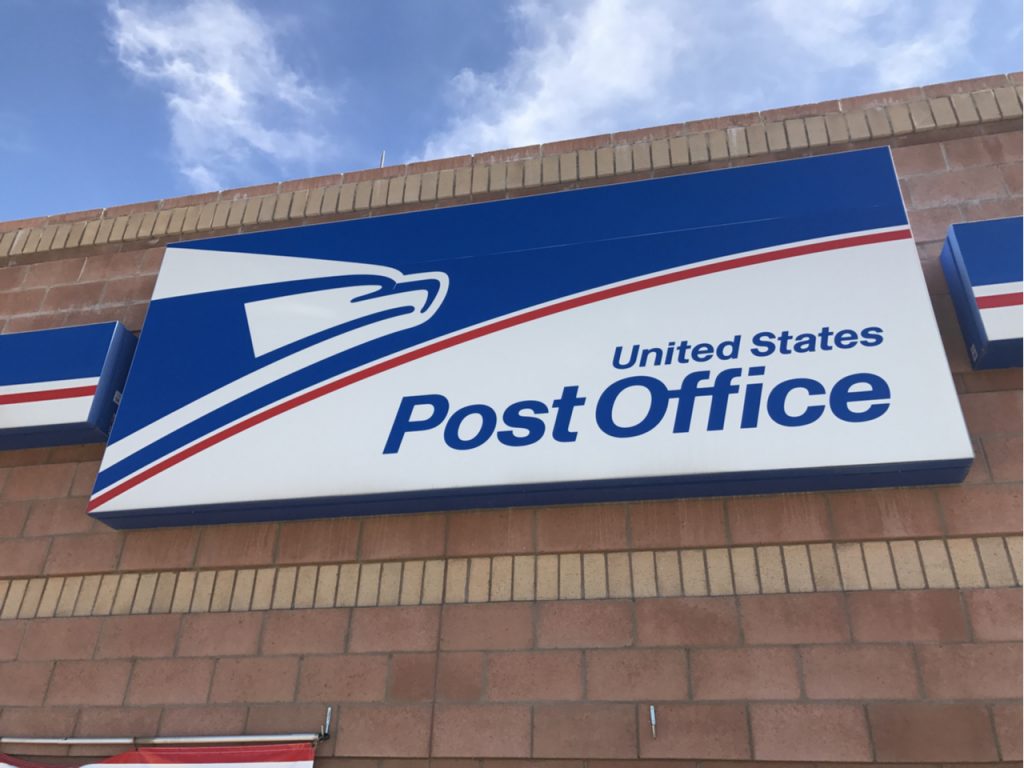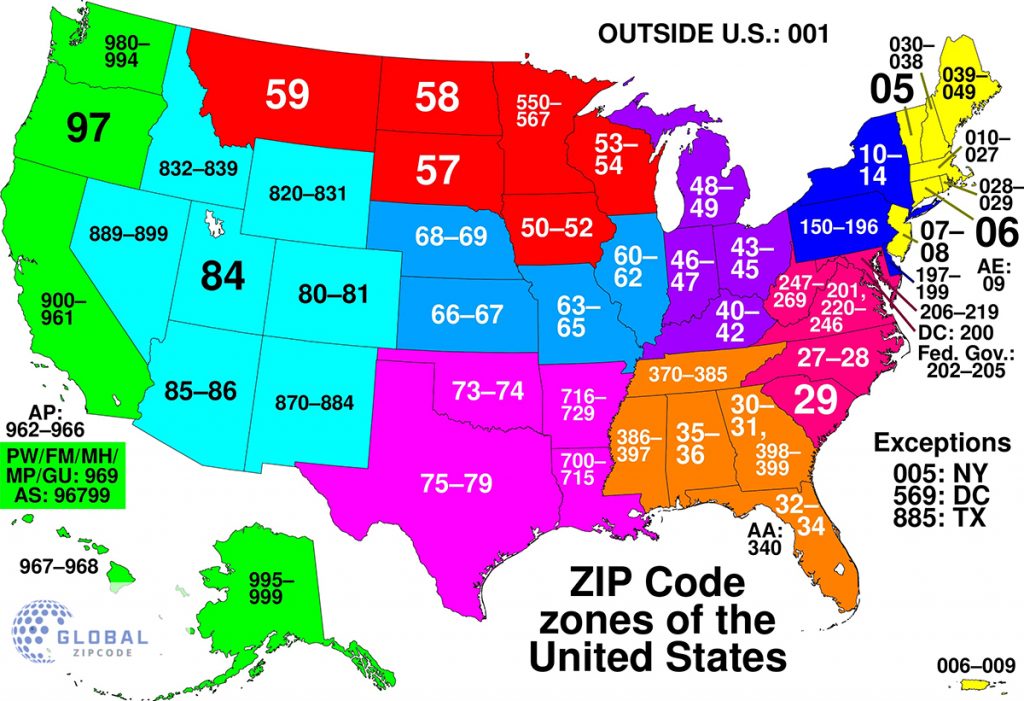Introduction
In today’s fast-paced digital world, sending mail through traditional postal services remains a reliable and essential method of communication. The United States Postal Service (USPS) continues to be a trusted provider for delivering letters, packages, and other mail items. In this guide, we will explore the who, what, when, how to, pros and cons, alternatives, step by step process, comparisons, tips, and the best practices for utilizing the USPS.
Who Can Use the United States Postal Service?
The USPS is available for use by individuals, businesses, and organizations across the United States. It provides domestic and international mail services, catering to a wide range of mailing needs.
What Services Does the United States Postal Service Offer?
The USPS offers various services to meet different mailing requirements:
- First-Class Mail: Ideal for sending lightweight envelopes and packages.
- Priority Mail: Provides faster delivery and includes tracking and insurance options.
- Express Mail: Guaranteed overnight or two-day delivery service for urgent mail.
- Media Mail: Economical option for sending educational materials, books, CDs, or DVDs.
- International Mail: Enables sending mail and packages to destinations outside the United States.
When Should You Use the United States Postal Service?
Consider using USPS when you need to send physical correspondence or packages domestically or internationally. USPS offers cost-effective options for both regular and time-sensitive mailings.
How to Send Mail with the United States Postal Service
To send mail with the USPS, follow these steps:
- Prepare your mail: Package your item securely and address it correctly, ensuring you have included the recipient’s name, address, city, state, and ZIP code.
- Choose a service: Select the appropriate USPS service based on your needs, considering factors such as delivery speed, tracking, and insurance.
- Calculate postage: Determine the postage cost by weighing your item and using USPS’s online postage calculator or visiting your nearest post office.
- Pay for postage: Affix the correct amount of postage to your mail item, either through stamps purchased from a post office or through online postage services.
- Drop off or schedule pickup: Take your prepared mail item to a local post office, deposit it in a USPS mailbox, or schedule a pickup through the USPS website.
Pros and Cons of Using the United States Postal Service
Here are some advantages and disadvantages of utilizing the USPS:
Pros:
- Widely accessible across the United States.
- Offers a variety of services to meet diverse mailing needs.
- Affordable rates for domestic and international shipments.
- Reliable delivery with tracking options.
- Established infrastructure and extensive network.
Cons:
- Delivery times may vary based on the distance and service chosen.
- Limited package size and weight restrictions.
- Potential delays during peak seasons or adverse weather conditions.
- Tracking updates may not be real-time in certain cases.
Alternatives to the United States Postal Service
While USPS is a popular choice, several alternatives exist for sending mail within the United States, including:
- Private courier services (e.g., FedEx, UPS): These companies offer similar services to USPS but often at higher costs.
- Online shipping platforms: Services like Shippo, EasyPost, and ShipBob provide convenient methods for purchasing postage and managing shipments.
- Digital communication: Emails, messaging apps, and online file-sharing services are suitable alternatives for transmitting non-physical correspondence.
Step-by-Step Guide to Sending Mail with USPS
To send mail using USPS, follow these steps:
- Collect all materials and packaging supplies needed.
- Prepare your item securely and address it correctly.
- Weigh your item to determine the appropriate postage.
- Calculate the postage cost using USPS’s online tools or visit a post office.
- Purchase the required postage.
- Affix the correct amount of postage to your mail item.
- Choose a drop-off method or schedule a pickup using USPS services.
- Ensure you obtain a receipt or tracking number for reference.
Comparing USPS Services and Rates
Here’s a brief comparison of the USPS services’ delivery speed and rates:
| Service | Delivery Speed | Rates (Starting From) |
|---|---|---|
| First-Class Mail | 1-3 business days | $0.55 |
| Priority Mail | 1-3 business days | $7.95 |
| Express Mail | Overnight to 2 days | $26.35 |
| Media Mail | 2-10 business days | $2.89 |
Please note that rates can vary based on weight, dimensions, and destination.

Tips for Smooth Mailing with USPS
- Double-check addresses to avoid delivery errors.
- Ensure proper packaging to prevent damage during transit.
- Consider using USPS’s online tools for convenience and tracking.
- Schedule pickups in advance for larger volumes of mail- Familiarize yourself with USPS guidelines and restrictions for specific items, such as prohibited or restricted goods.
- Take advantage of USPS’s insurance options for valuable or fragile items.
- Consider using certified mail or registered mail for important or sensitive documents that require proof of delivery.
- Keep track of tracking numbers and use the USPS website or mobile app to monitor the progress of your shipments.
- Plan ahead during holiday seasons or busy periods to account for potential delays.
The Best Practices for Sending Mail with USPS
To ensure a smooth and successful experience when using USPS, follow these best practices:
- Accurate Addressing: Double-check recipient addresses to prevent delivery errors.
- Secure Packaging: Use appropriate packaging materials to protect your items from damage during transit.
- Proper Postage: Calculate and affix the correct amount of postage based on weight, size, and destination.
- Timely Drop-off: Submit your mail items at the post office or mailbox in a timely manner to meet desired delivery times.
- Tracking and Insurance: Consider using tracking and insurance services for valuable or time-sensitive shipments.
USA ZIP CODES
The United States Postal Service utilizes ZIP Codes, which are postal codes used by the USPS. The basic format consisted of five digits since its introduction in 1963. In 1983, a longer ZIP+4 code was introduced; it contained the five digits of the ZIP Code followed by a hyphen and four digits that specified a more precise location.
The abbreviation ZIP represents Zone Improvement Plan; it was chosen to imply that the mail travels more swiftly and efficiently (zipping along) when senders utilize the ZIP code in their postal address. The term ZIP Code was initially enrolled as a service mark by the USPS; its enlistment lapsed in 1997.
ZIP+4 ( 5 DIGITS US ZIP CODES)
The U.S. Postal Service introduced an enlarged ZIP Code system in 1983 known as “ZIP+4,” commonly referred to as “plus-four codes,” “add-on codes,” or “add-ons.” A ZIP+4 code utilizes the fundamental five-digit principle in addition to four extra digits to recognize a geographic fragment inside the five-digit conveyance region, for example, a city block, a gathering of lofts, a singular high-volume collector of mail, a mailing station box, or whatever another unit that could utilize an additional an identifier to help with effective mail arranging and conveyance.
TYPE AND USE
USA ZIP Codes are divided into four categories:
Unique: allocated to a solitary high-volume address
Post Office Box-only: utilized uniquely for PO Boxes at a given office, not really for some other kind of conveyance
Military: used to course mail for the U.S. military
Standard: We offer products and services for all ZIP Codes.

Frequently Asked Questions (FAQs)
Find out Zip Code of USA City https://globalzipcode.com/united-state/
Q1: How can I track my package sent through USPS? A1: You can track your package by visiting the USPS website or using their mobile app. Enter the tracking number provided at the time of mailing to get real-time updates on its location and delivery status.
Q2: Can I schedule a pickup for my outgoing mail? A2: Yes, USPS offers scheduled pickups for certain types of mail, such as Priority Mail Express, Priority Mail, and international shipments. Visit the USPS website or contact your local post office to arrange a pickup.
Q3: What are the size and weight limits for packages sent through USPS? A3: Size and weight limits vary depending on the USPS service chosen. For example, Priority Mail has weight limits of up to 70 pounds, and the maximum allowable dimensions are 108 inches in combined length and girth.
Q4: Can I ship internationally with USPS? A4: Yes, USPS provides international mail services to numerous countries. You can choose from various options based on your preferred delivery speed and tracking requirements.
Q5: What should I do if my package is lost or damaged during transit? A5: If you experience loss or damage to your package, you can file a claim with USPS to initiate an investigation and potentially receive compensation. Contact USPS customer service for assistance with the claims process.
Conclusion
Sending mail with the United States Postal Service remains a reliable and efficient way to communicate and deliver physical items. With its extensive range of services, competitive rates, and nationwide accessibility, USPS continues to be a trusted choice for individuals and businesses alike. By following the step-by-step guide, considering the pros and cons, exploring alternatives, and implementing best practices, you can ensure a successful mailing experience with USPS.





